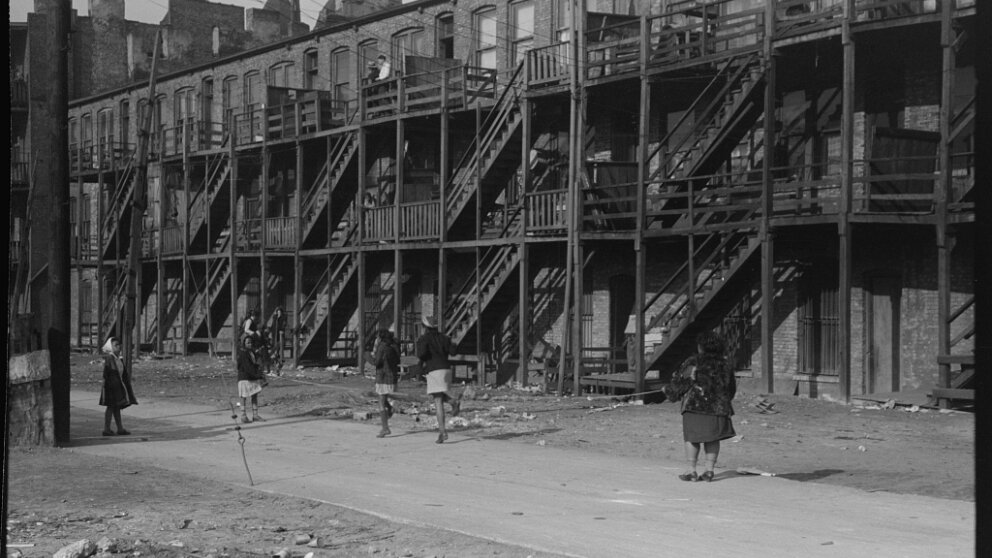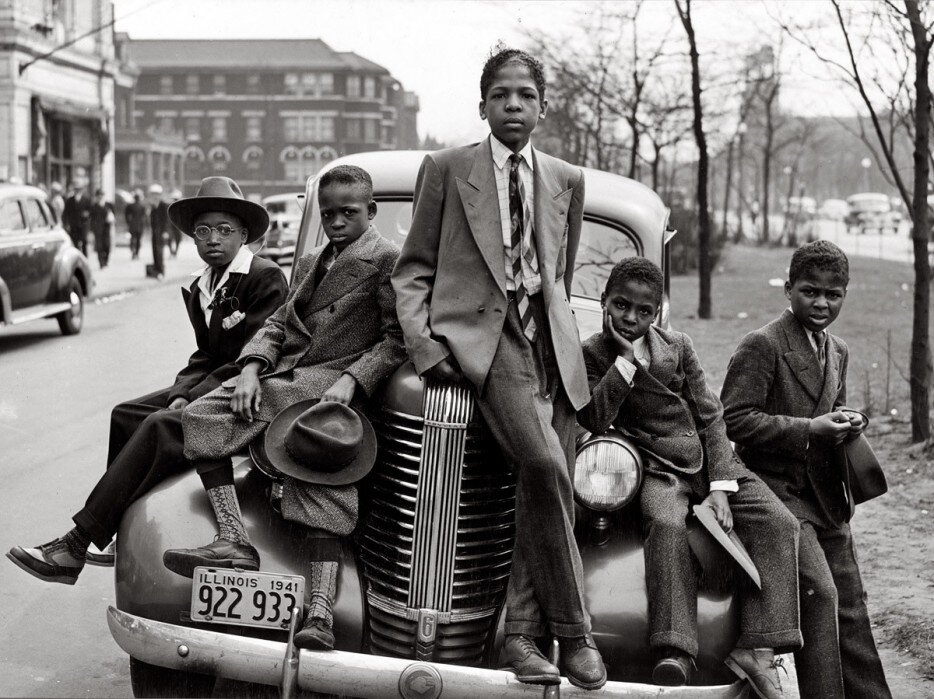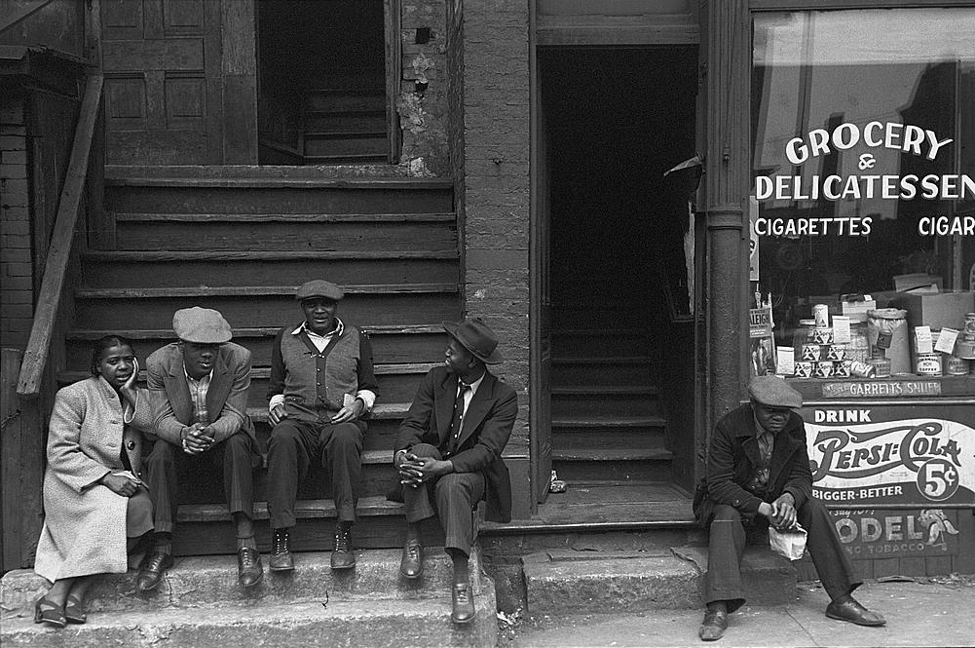
In Search of the Promised Land
The Great Migration brought hundreds of thousands of African-Americans fleeing the violent oppression and lack of opportunity of the Jim Crow South to northern cities like Chicago. African-Americans benefited from rapidly expanding opportunities created by war and a decades-long industrial boom. Conversely, African-Americans still encountered oppression in the form of discriminatory policies and segregation. Despite these challenges, culture and commerce boomed making Chicago’s Black Belt “the Black Metropolis.” African-Americans gained key footholds in industries ranging from steel, automobiles, and stockyards. Wages from those jobs, skills, talents, and an entrepreneurial spirit combined with the opportunity to serve a large, concentrated, and rapidly growing local market led to enterprise creation.
Unfortunately, the factors providing fertile ground for local commerce proved to be too fragile to withstand the broader forces in the economy and society. The confluence of racism and chronic disinvestment compounded over generations, led to collapse of the Metropolis and resulted in Black urban communities marked by vacancy, blight, and crime.
Compared to the North Side, Black communities in the South and West sides suffer deep gaps in commerce, employment, wealth, health, educational achievement, social cohesion, and safety. Locally-owned enterprises have been lost and much of the commerce that remains serves limited needs and provides few opportunities for residents. A self-perpetuating cycle of disinvestment remains, and the deep issues of these communities undermine the viability of the cities of which they are a part.











